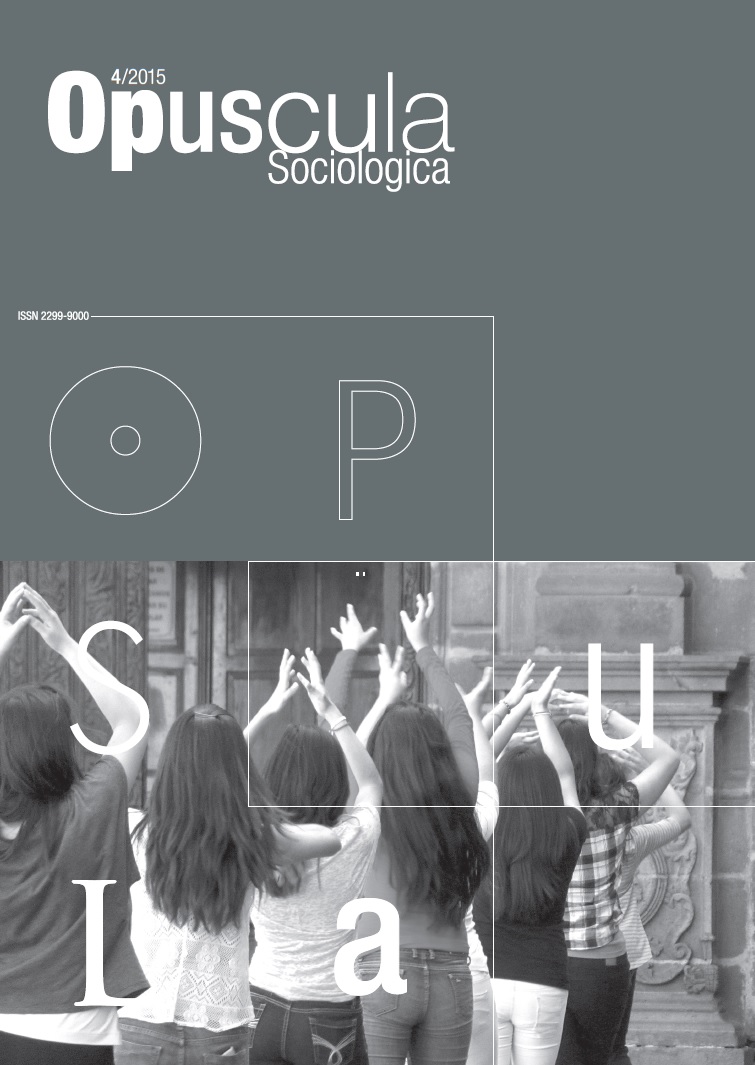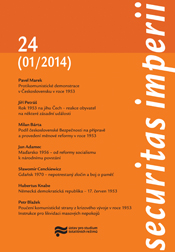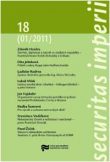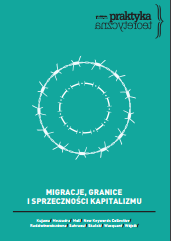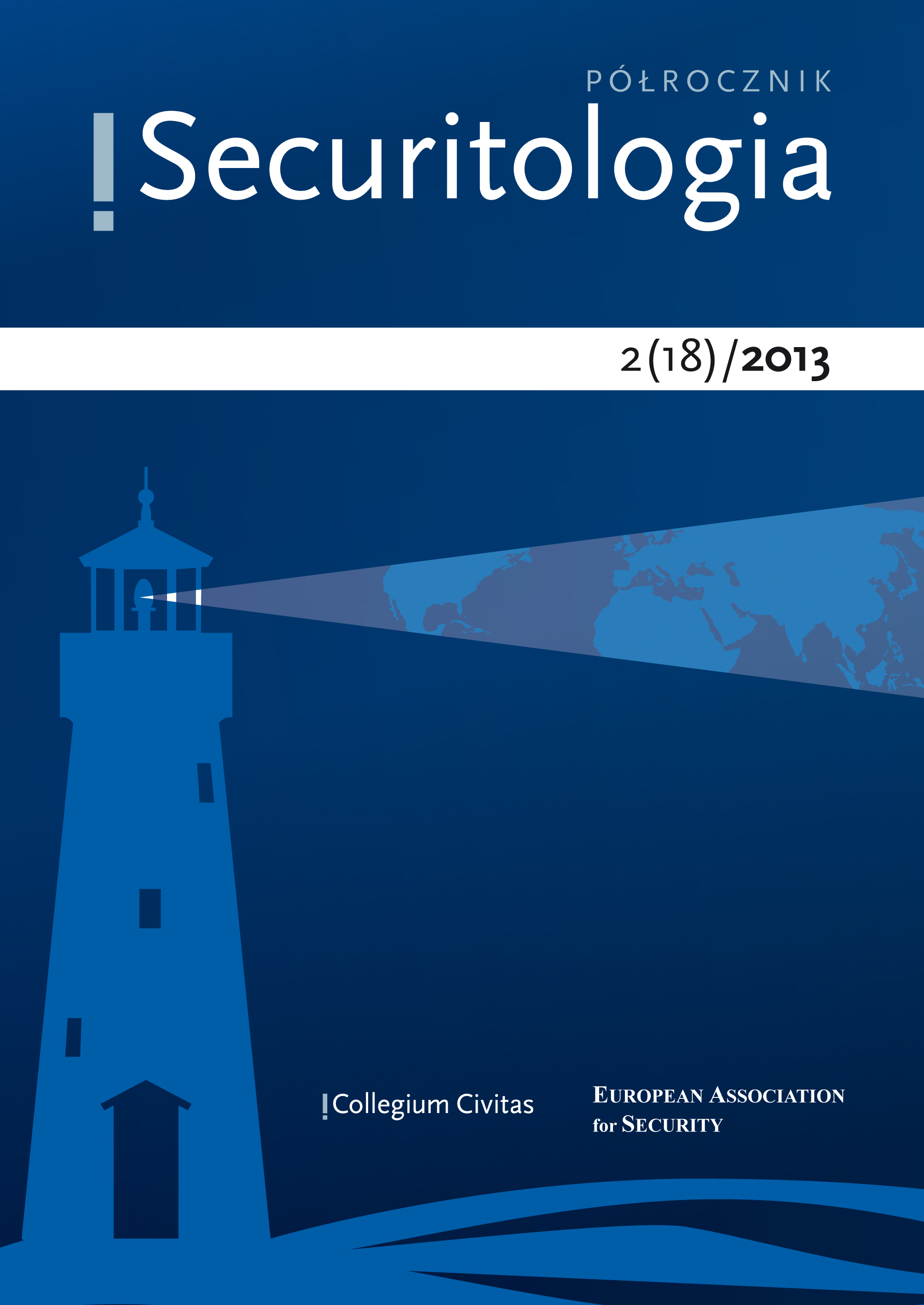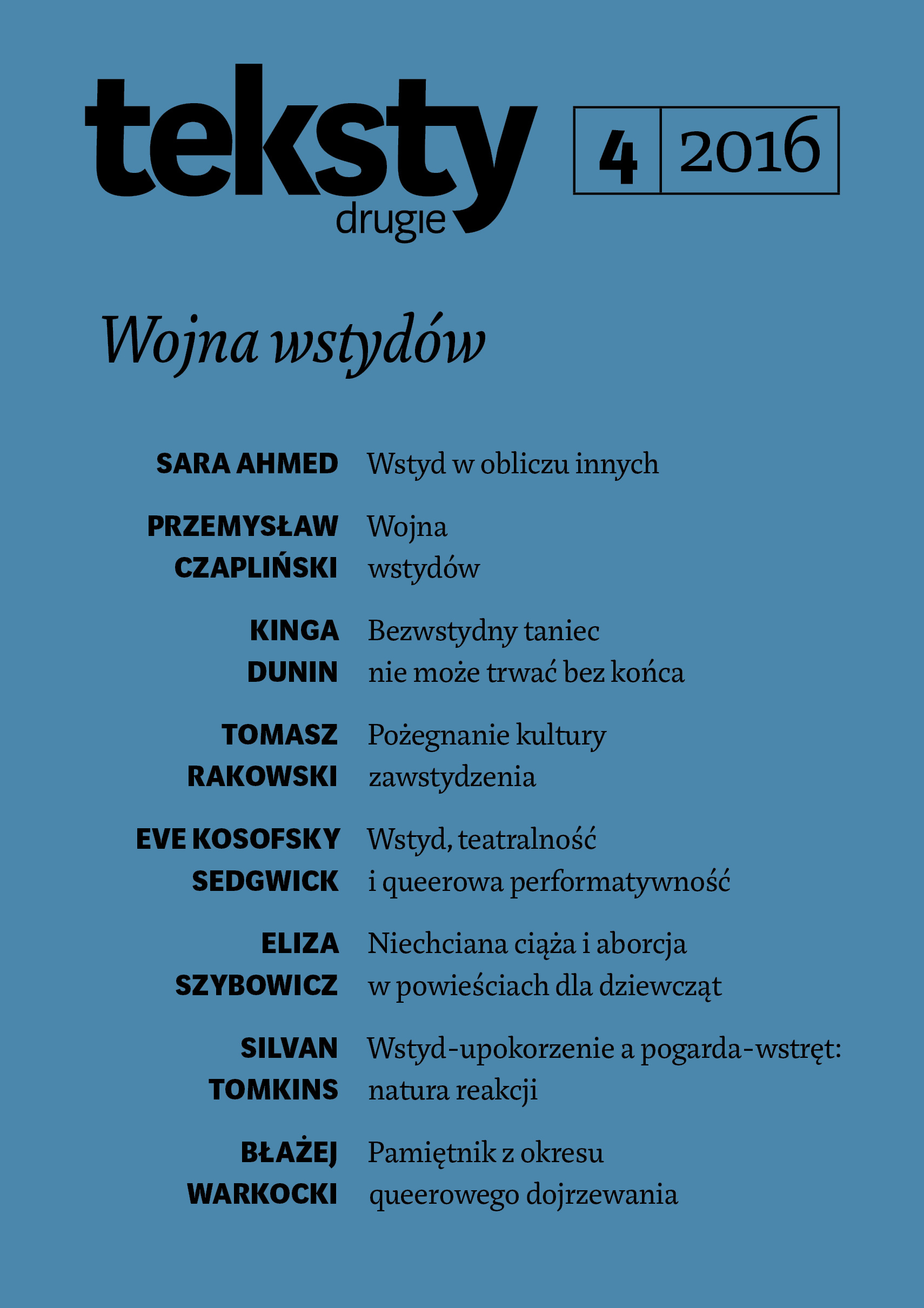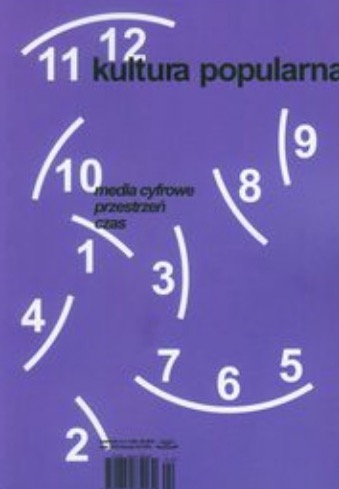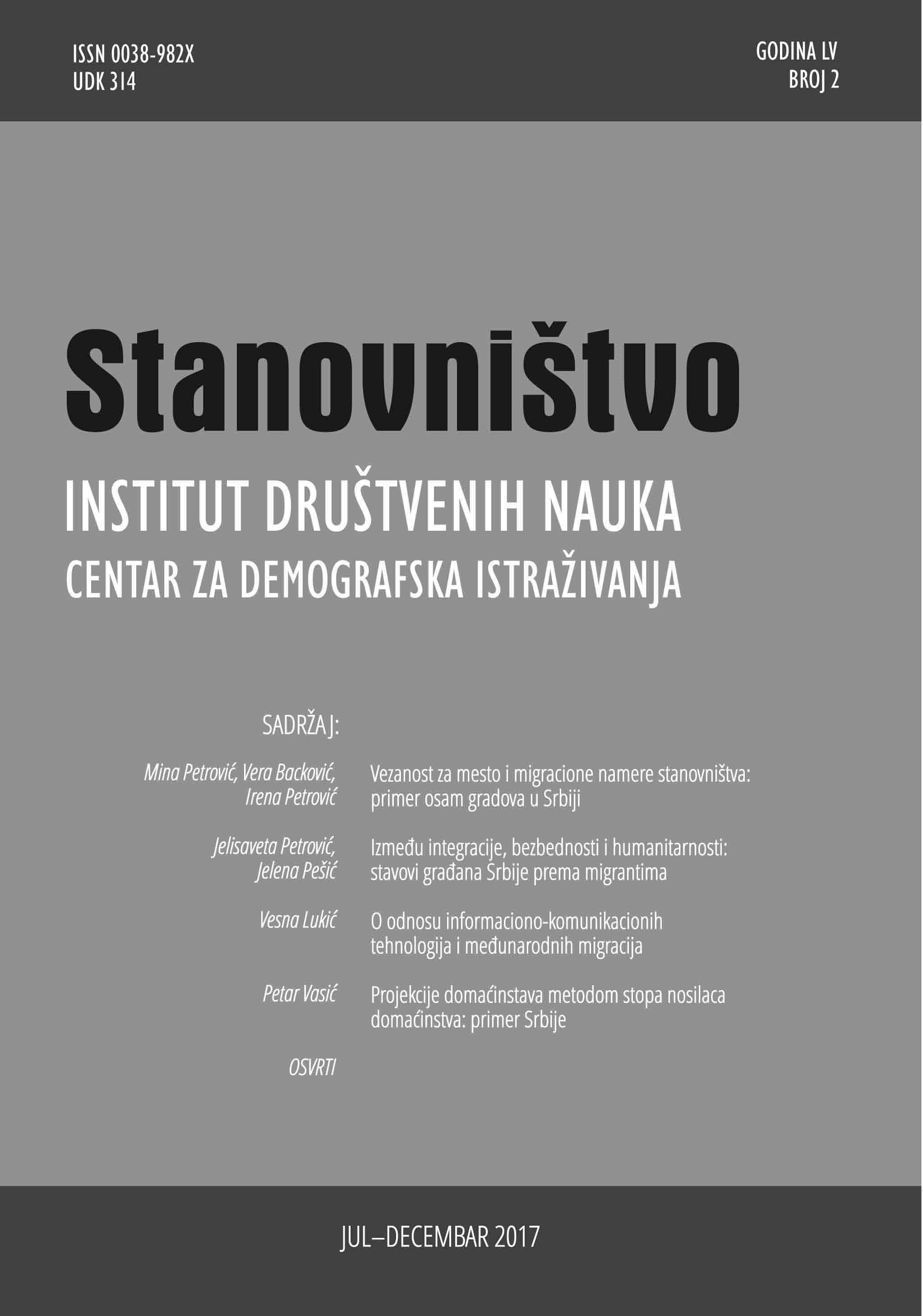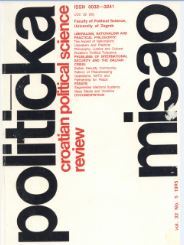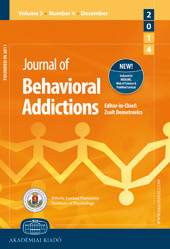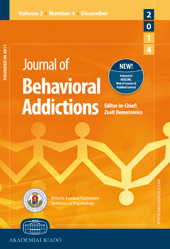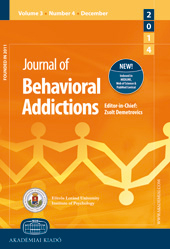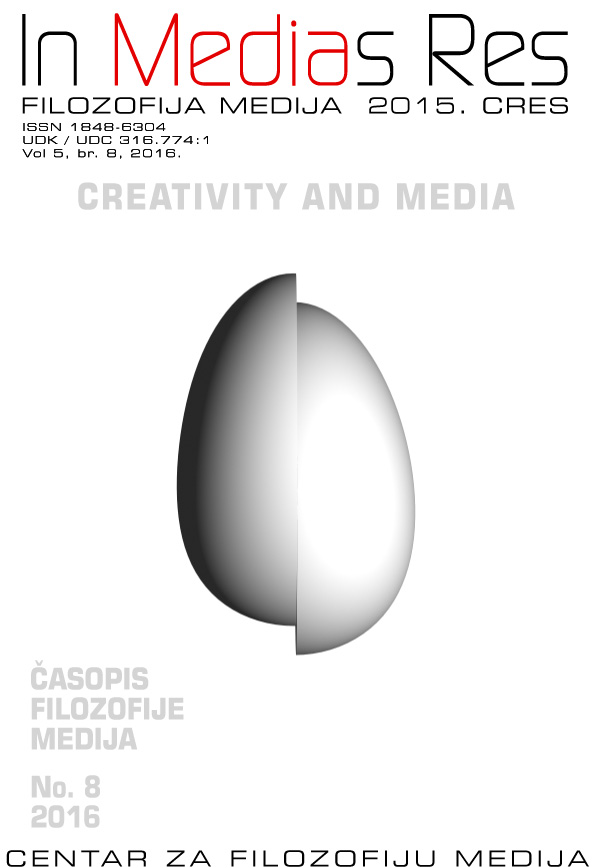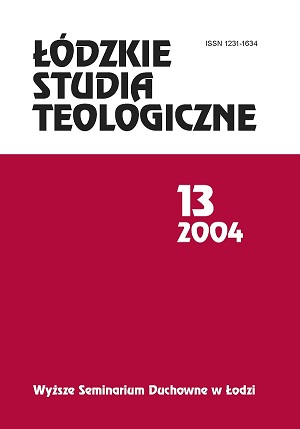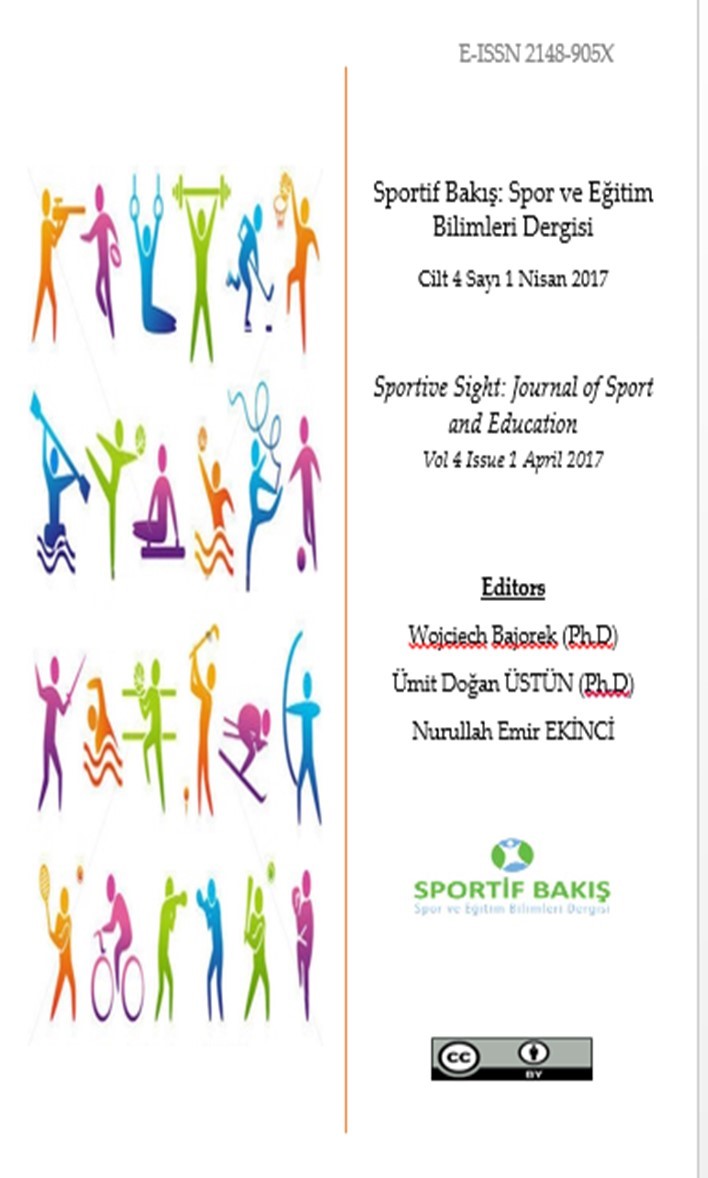
SONUÇLARI AÇISINDAN 3 TEMMUZ ŞİKE OLAYI
In this study, it was aimed to reveal the social, economic and political consequences of the operation against match-fixing incidence on July 3, 2011, which created reactions in Turkish football. A legal operation was carried out against Turkish football on July 3, 2011. A lot of administrators, footballers, coaches and managers were arrested with the claim of involving match-fixing and incentive premiums in various football competitions. The news on match-fixing event mostly focused particularly on Fenerbahçe FC and its’ president on the media. At the beginning of the operation, certain parts of the media reported the operation with the title "Clean Football". Clean football was also a necessity for the expression "New Turkey" which has been uttered within many subjects. In the same year, Fenerbahçe FC was disqualified from joining the UEFA Champions League. The incident was brought to UEFA, the CAS, and the Swiss Federal Courts and became an event which was to be solved at an international level. The operation caused losses in the broadcasting incomes of the encrypted channel bearing the broadcast rights and caused damage on the football clubs, particularly on Fenerbahçe FC. Play Off application was put into practice in order to prevent more losses on football capitalism including the clubs, broadcasting channel and the sponsors. Another important outcome of the incidence was the protests of Fenerbahçe fans after the operation held by the police forces and during the trial process. These protests indicated in a peculiar way to Turkey that football is one of the recent rising social identities. The remission in the upper and lower limits of the penalties relating match fixing in sports after July 3 caused some disagreements among the members of the party in power. One of the consequences of the event was that the relationship between football and parallel state structure (FETO) came to the public. Within this context, the Period restarted with a new case. The new case is the one which is still on the trial with the name “match-fixing conspiracy”. The main defendant in this new case is Fethullah Gülen. The match-fixing event continues to be preserved in the recent history of Turkey with its results affecting the present day by being articulated with social, political and economic processes.
More...
